How to lay a cable in the ground
You can run the cable through the site underground. This is a more labor-intensive process, but more reliable in terms of safety - there is less chance that someone will borrow it. This moment is especially relevant in summer cottages and garden plots. But the cable is laid in the ground according to certain rules prescribed in the PUE. These norms and explanations to them are set forth below.
The content of the article
What cables to use
If we talk about GOST, it says that it is necessary to lay armored cables in the ground, covered with a waterproofing layer on top. That is, undergroundentry into the house from the pillar, with a sufficiently large allocated power, it is desirable to make an armored cable. This is AVBbShv (armored with aluminum conductors and armor of two galvanized steel strips, covered with a protective layer) or VBbShv (the same, but with copper conductors), PvBShv - also armored, but with XLPE insulation and the same steel strips as armor. Suitable AAShp, AAShv, AAB2l, AAP2lShv, AShl and so on. These types of cable products are used on lands with normal acidity.
Laying the cable in the ground with increased chemical activity - salt marshes, swamps, a large amount of construction waste, slag - requires lead armor or an aluminum sheath. In this case, you can use AABl, AAShv, AAB2l, ASB, AAPl, ASPl, AAP2l, AAShp, AVBbShv, AVBbShp, APvBbShv and others.
If you need to connect a small dacha, in which there are nothing at all electrical appliances, a bathhouse, barn or other outbuildings (pigsty, chicken coop, etc.), you can use a regular PVC-sheathed cable, since it is strong enough and accurately sealed. For the distribution of lighting on the site, NYM, SIP are often used, enough for several years VVG... But these products are not designed to be laid underground and they fail quickly.
More serious cables are, of course, more expensive, but they last much longer. If we take into account the laboriousness of the work on their laying, it is more expedient to use special cables, and these are AAShv, AAShp, AAP2l, AVVG, AABl, APsVG, ASB, AAPl, APvVG, APVG, ASPL, etc.
In the regions of the Far North, special products with increased resistance to frost - PvKShp are used for underground laying.
Basic rules and technology
First, you need to develop a cable route. It is clear that when laying in a straight line, less will be required. But, unfortunately, this is not always possible. When laying a route, it is advisable to avoid:
- Walking near large trees. It is advisable to lay the track at a distance of at least one meter from large trees. If the tree is right on the track, it is advisable to go around it along an arc or a trajectory close to it. In principle, the optimal distance is 1.5 m. If such an arc does not fit into the site, you can dig small trenches on both sides of the tree, drive a metal pipe into the ground between them, and stretch the cable into it.
- It is highly advisable to bypass places with increased load: parking areas, places for a sewer truck entrance, pedestrian paths, etc. Such areas can be bypassed along the perimeter.
- If places with increased load cannot be bypassed, cases are used to improve protection.Cases are also needed at the intersection with drainage trays, at the intersection of water pipelines, gas pipelines and other communications. If there are sections of the track somewhere with a ditch depth of less than 50 cm or in places where it was not possible to remove solid objects (old foundation, large stones, etc.), it is worth laying a protective case everywhere.
- If the route of underground cable laying runs along the foundation, it must be at a distance of at least 60 cm from it. Laying the cable in the ground closer to the foundation is prohibited - movements of the ground or buildings can damage the power line.
- It is advisable to avoid crossing with other cables. If it is impossible to get around the intersection, both cables should be in the case. They should protrude from the intersection by at least 1 meter in both directions, and the cables should be at least 15 cm above each other.
If you could not avoid all the difficult places - no fear. In these zones, you can lay the cable not in the ground, but in a corrugated pipe, HDPE pipe or in a metal one. They are called cases. When using several pieces of metal pipes in a row, they must be welded. This is done so that at the joints they do not damage the shell.
The procedure and technology for laying cables in the ground
A trench is being dug along the planned route. Its depth is 70-80 cm, the width when laying one cable is 20-30 cm, when laying two or more, the distance between the threads laid at the bottom of the trench should be at least 10 cm. It is by these criteria that you decide. After the trench has been dug, it is necessary:
- Remove all hard and sharp objects, roots, stones, etc. They can damage the insulation and can cause line failure.
- Align the bottom and tamp it down a little. It is not required to output to the level, but there should be no sharp drops.
- Pour a 10 cm layer of sand, level it. The sand can be used cheap, quarry, but it must be sieved so that no foreign objects get in - stones, pieces of glass, etc. Tamp the sand too. You can just crush with your feet. There should be no obvious humps and depressions.
- Check the integrity of the insulation, if there is damage somewhere, repair it. Cases (pieces of pipes) are preliminarily put on the cable and dragged to places of increased load.
- Further, the actual laying of the cable in the ground begins - it is laid in a trench with sand. You cannot pull it on - it should lie in light waves. Cases are placed in the right places on the track.
- It is advisable to check the laid cable - it may be damaged during laying. If there is a megometer, great, you can use it to check the integrity of the shell. If there is no such device, you can ring the wires for a break with an ordinary multimeter or tester. You also need to check them for "ground". If somewhere "earths" - damaged the insulation. It is necessary to search for damage and fix it.
- If all the parameters are normal, sketch out a plan of the route, preferably on a scale, with reference to landmarks. Put down the distances from reliable objects to the track (from the corner of the house, the edge of the plot, etc.). Laying the cable in the ground is also inconvenient because it is difficult to get access if repair is needed. If you have a plan with dimensions, everything will be much easier.
- After that, cover the laid cable with sand. It is also sifted and a layer is poured - about 10 cm, compacted. It is not necessary to tamp strongly, you can compact with your feet.
- Next, a layer of 15-20 cm of previously removed earth is covered. When backfilling, remove stones and other foreign objects. The layer is also leveled and compacted.
- Lay the signal tape. This is a bright polymer tape with the words "Caution, cable!" When excavating, it can save the underground electrical wiring from damage.
- After that, they continue backfilling the ditch with soil, pouring it a little above ground level, since after a while the rock will compact and settle.
And the last step is to check the electrical parameters before connecting to the load. This completes the cable laying in the ground. Once again, the whole order of work can be seen in the video.
Nuances and features
Laying a cable in the ground is a labor-intensive process. What is it worth digging a trench, and then dragging the cable is also not easy. Burying is a little easier, but also not a pleasant experience. If after a couple of years the insulation leaks out, you will have to repeat everything again, which will please very few people. It is clear that it is better to do everything once and more reliably. The fact is that you can lay a cable in a trench without a protective sheath. This will not contradict the norm. And if you lay an armored high-quality cable, it will last for a long time.
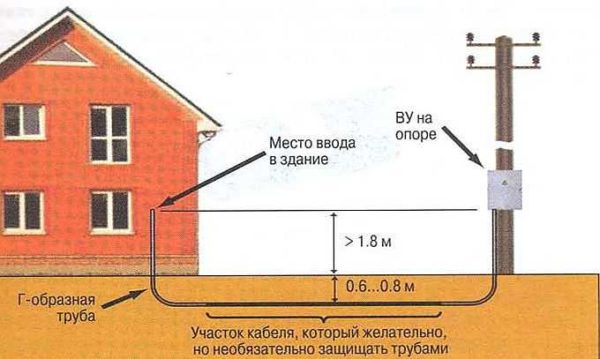
For greater reliability, it is desirable to lay the cable in a special double-walled corrugation or asbestos-cement pipes
But if you put an ordinary VVG or NYM, for greater reliability, it is better to lay it in a double-walled DKS corrugated hose throughout. In the right places, you additionally put on cases made of stiffer pipes or the same DKS but of a larger diameter. Asbestos-cement or plastic thick-walled pipes are also often used. With such a laying of the cable in the ground, the risk of its premature failure is much lower - most of the loads fall on the pipes, and not on the protective sheath and conductive conductors.
Laying the cable in the ground in plastic or asbestos-cement pipes, corrugated hose has one more advantage: it is highly likely that, if necessary, it can be replaced simply by tightening it in place of the old one. The new one is tied to the old one, the old one is pulled out, a new one "crawls" into its place. But this is not always possible: over time, both the pipe and the corrugated hose can collapse - the impact of ice, loads from the soil contribute to the destruction of protective shells.
From all this it follows that although the regulations do not contradict the laying of cables in paper insulation, it is better to use plastic insulation - PVC or cross-linked polyethylene. Paper, albeit with special impregnations, degrades much faster than polymers, which brings the replacement period closer. Laying the cable in the ground still requires significant effort and labor, so it is better to lay more durable materials.
How to connect two pieces
It is more reliable to lay the cable in the ground in whole pieces - without connections. If one piece of the required length could not be found, bring both parts to the surface to connect, put a sealed junction box and connect the conductors in it. It is not worthwhile to make couplings without experience and special equipment, to bury them under the ground - they will quickly fail, you will have to dig, redo. And the serviced connection is always convenient - you can reseal the contacts if you need to.
How to enter the house
When entering a house, bathhouse, outbuilding, the passage of the cable under the foundation is unacceptable. Even if it's shallow strip foundation... In general, when filling the tape, to enter the cable into the house, mortgages are walled up into it. This is a piece of pipe that protrudes several centimeters from the foundation. A cable is pushed into it.
The cross-section of this insert should be 4 times the cable cross-section. And so that the living creatures do not climb into the remaining gap, after laying the mortgage is sealed. For sealing, you can use the old old-fashioned method - a rag soaked in cement milk, or fill everything with polyurethane foam.
If the mortgage was not made during construction, you will have to drill a hole in the foundation, insert and seal the pipe. Further, the whole technology is the same.
- If you have not provided for a mortgage in the wall or foundation, drill a hole
- A pipe is inserted into the hole made, it is foamed, a cable is threaded into it
Another option: in a metal pipe, raise the cable to a certain height along the wall of the house. They are usually raised to the point where the introductory cabinet hangs. At this height, install a mortgage in the wall (the same metal pipe with the same parameters and rules) and bring the cable into the house through it. This method is suitable if your foundation is a monolithic slab or you just don't want to break the solidity of the tape.
When using an armored cable, its armor must be grounded. To do this, a wire in a sheath is welded / soldered to the armor, it is brought to zero in the shield. If this is not done, during the breakdown of the phase, it will most likely end up on the armor. If someone touches the armor, at best, they will receive an electrical shock, at worst, a lethal outcome is possible. If the protective metal shell is grounded (or rather, zeroed), the breakdown will trigger the machine, which will cut off the power supply until the causes are identified and eliminated.
If there are several cables
If several cables are laid under the ground at the same time, the distance between them should be at least 10 cm.
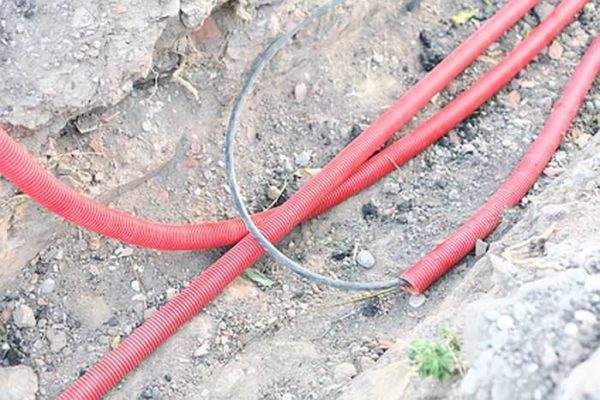
If there are several cables, they are each laid in its own sheath or simply placed in parallel at a distance of 10-15 cm from one another
How to tighten into a corrugation or pipe
There are two types of corrugations for underground cable laying - with and without a probe. Easier to take with a probe. This is a thin wire to which the wiring is tied to be pulled inward. The wire is pulled out, the cable is tightened in its place. It's simple.
If the pipe or corrugation does not have a probe, problems may arise. If the cable is tough enough, it can easily be tucked in. This is usually not difficult, but it can take a long time.
With a soft conductor, this trick will not work - it will twist and cling to the walls. But in this case, too, there is a way out. First, a string or thin rope is threaded into the pipe. A cable is tied to it and pulled inward.
How to thread the string? With a vacuum cleaner. You fix one end of the twine well, the rest is unfolded, but without lumps and loops, you put it in the pipe. On the other hand, connect the vacuum cleaner, close the second inlet. By creating a rarefied atmosphere, the twine flies out from the other side.
Cable laying under the road
If the route is located in such a way that it must be carried out under the road, you will have to obtain permission from the organization on whose balance this road is located. This point is mandatory in settlements, since there may be other communications under the road and they can be damaged by unauthorized work. If we are talking about a summer residence and a summer cottage village, then it is necessary to coordinate with the administration of the village.
The rules for laying the cable under the road do not change - the trench depth is 70-80 cm, sand cushion and backfill, it is desirable to lay it in an asbestos-cement pipe or double-walled DKS corrugation. In general, there are no differences, all the rules and regulations are the same.
Difficulties can arise when it is necessary to lay the cable under the asphalt. If this is a solid track, you are unlikely to be allowed to destroy the surface, and if allowed, then restoring the asphalt is an expensive pleasure. In this case, there is also a way out - there is special equipment with which a puncture is made under the road. The service is also not cheap, but it costs much less than the cost of asphalt restoration.

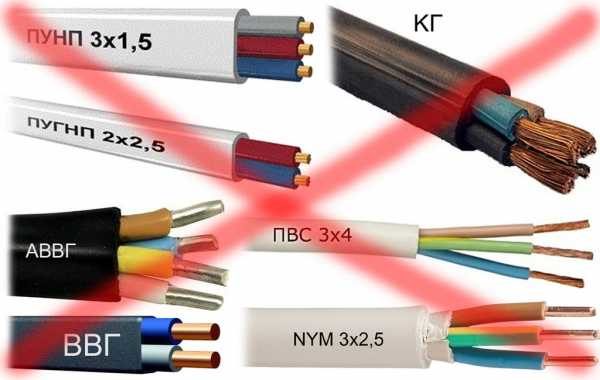
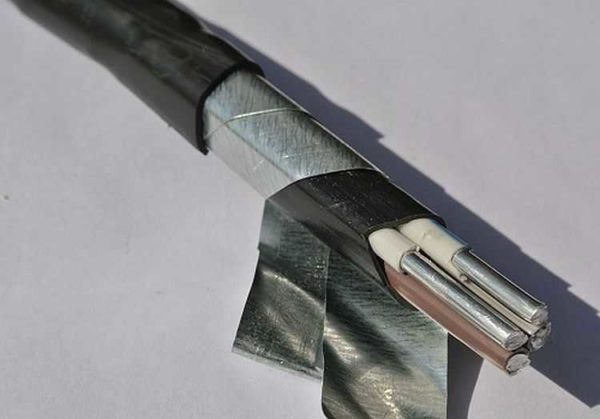

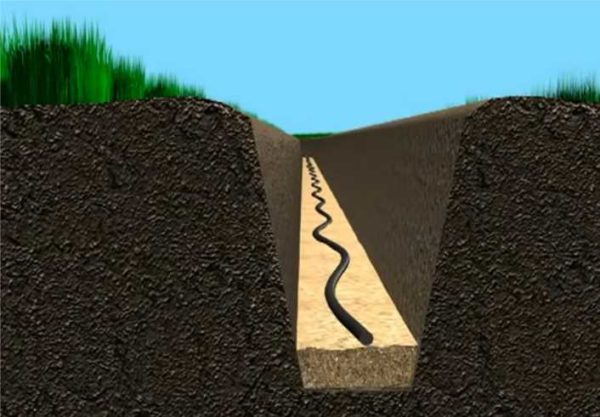
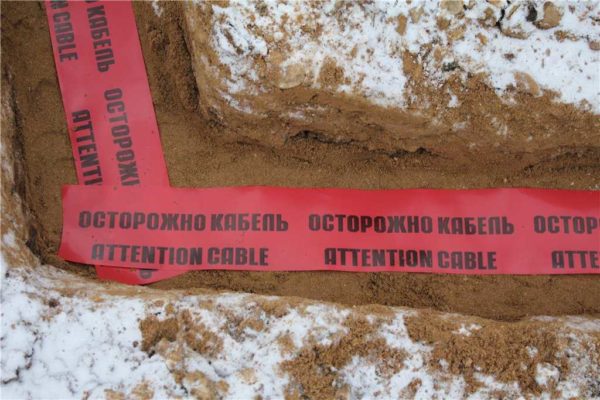
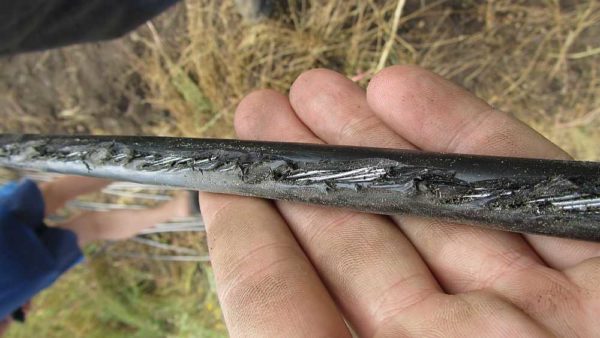
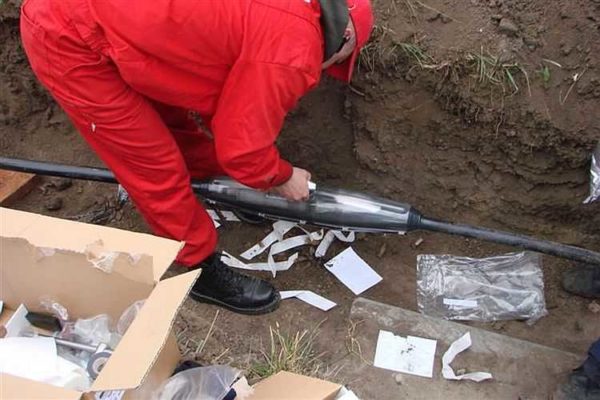
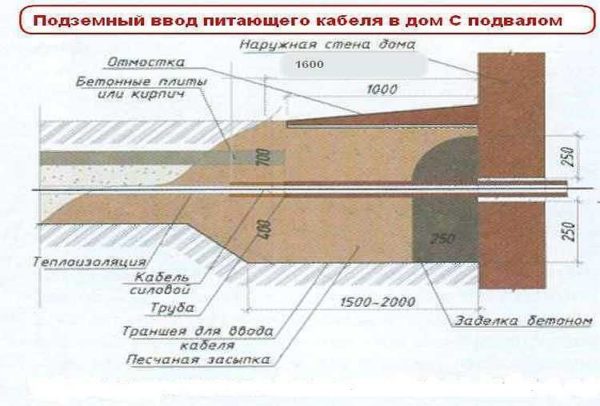
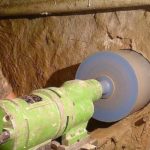
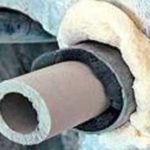
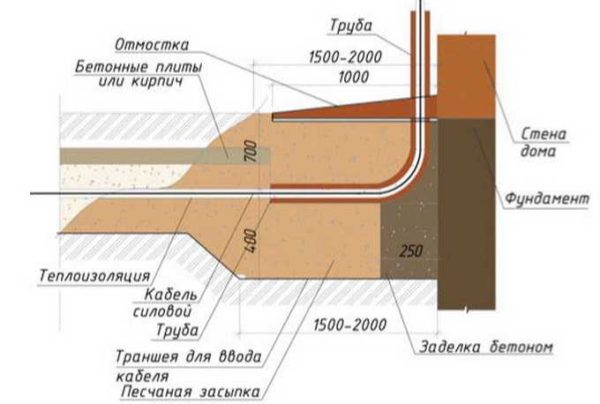
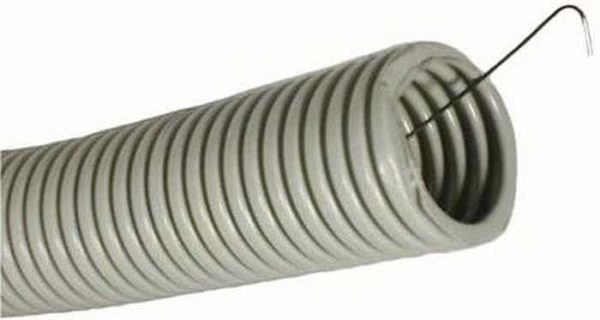
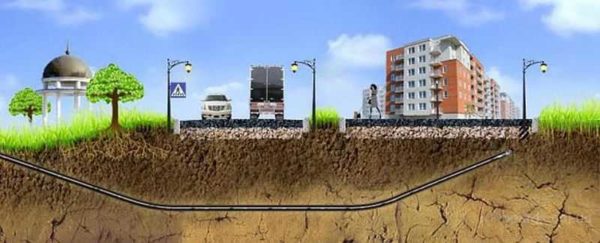
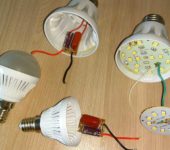

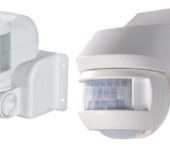
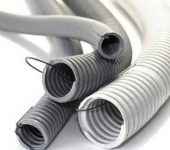






A small clarification - under the road, according to the PUE, the depth of the cable in the pipe must be at least 1 m.
About the choice of cable. Once I tried to figure out how the cable differs from the wire. I found only one difference - a cable is called a wire that can be operated underground and under water. If the cable cannot be used underground, it is actually a wire.
a cable is several wires connected by one sheath, that's the whole difference